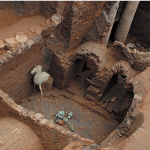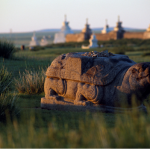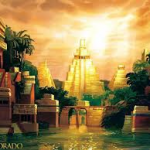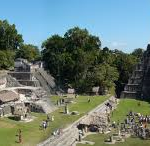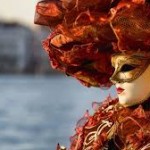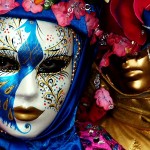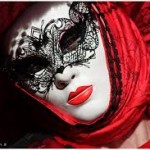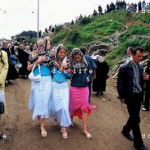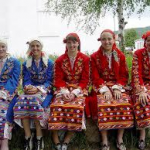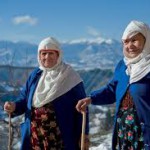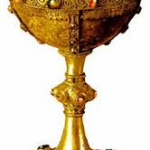By Nick Frantzis (A Class)
Genghis Khan was born in Temüjin in 1162 and he died in 1227. He was the founder and Great Khan (Emperor) of the Mongol Empire. In 1206, when he came to power, he began a string of conquests which, if continued for the next 70 years by his successors, would have created the largest land empire in history. The death and destruction caused by the Mongols are legendary, but there was a positive side as well. For the first time in history, Asia came under one rule, and as a result, its diverse cultures came into contact with one another. These cultures had new opportunities to trade with and learn from each other.
- A statue of Genghis Khan
The name of Genghis Khan brings to mind the most completely ruthless and murderous of history’s conquerors. It is said that even on his death bed, he ordered the killing of the entire population of Xi Xia, a neighboring state that had defied him. Yet, the reputation of Genghis Khan as an utterly ruthless warrior may be worse than the reality. In the city of Nishapur, a chronicler wrote that the Mongols were brutal to the extent that even the city’s dogs and cats were killed. It is true that the Mongols under Genghis Khan committed ruthless acts, killing armies as well as peaceful citizens and forcing millions to accept their rules.
- The Ark of Heart was one of the few structures to survive when Genghis Khan ordered the slaughter of the city’s inhabitants.
At the age of about 60, after conquering much of continental Asia, Genghis Khan died, possibly after falling from his horse. His body was taken back to Mongolia for burial. Of his grave, like much of the societies he conquered, nothing remains.
- Genghis Khan’s tomb
In his homeland, Genghis Khan’s reputation needs a little enhancement. There he is revered as the first ruler of a united Mongolia and his face can be found on paper currency. It can be argued that Genghis Khan was simply a man of his time, a man who happened to be a brilliant military leader, who gave to his descendants the greatest empire – and the most powerful army – the world had ever seen.
- A stone tortoise is one of the few things that remain of Genghis Khan’s once great capital of Karakorum



